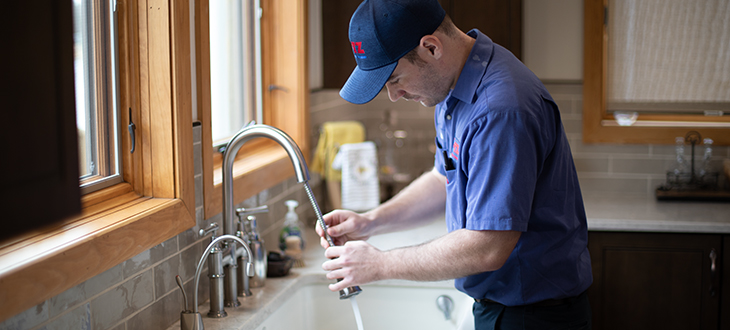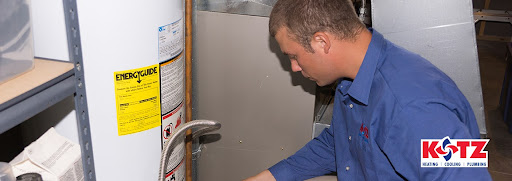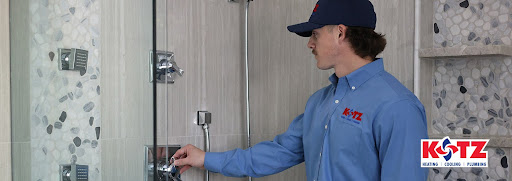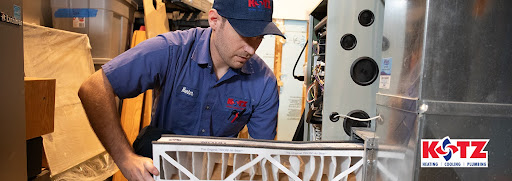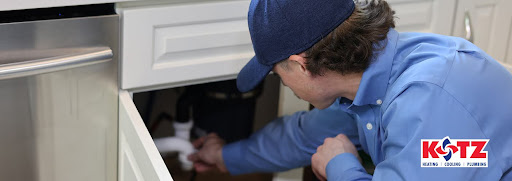How Does a Water Softener Work?
Water softeners are devices designed to remove excess minerals such as calcium and magnesium from hard water, resulting in softened water that is better for household use. Kotz Heating, Cooling & Plumbing can test your water hardness level and offer the appropriate water treatment product that meets your needs and budget.
The following is a brief explanation of how a water softener works:
Ion Exchange
The primary mechanism for softening water is ion exchange. The water softener has a resin tank containing tiny, negatively charged resin beads. As hard water passes through the tank, the resin beads attract and trap positively charged calcium and magnesium ions, which are the minerals that cause hardness in water.
Regeneration
Over time, the resin beads become coated with calcium and magnesium ions and lose their ability to remove hardness from water. To restore their effectiveness, the water softener undergoes a regeneration process. During this process, a salt solution, typically sodium chloride, is introduced to the resin tank. The salt displaces the calcium and magnesium ions from the resin beads, which are then flushed out of the system along with the excess salt.
Brine Tank
The salt solution used in regeneration is stored in a separate brine tank that is attached to the water softener. The water softener periodically draws water from the brine tank to regenerate the resin beads in the resin tank.
Control Valve
The water softener is controlled by a control valve that initiates the regeneration process based on a preset schedule or when the resin beads become too saturated with calcium and magnesium ions. The control valve also regulates the flow of water through the system and can monitor water usage to ensure that the water softener is functioning properly.
Softened Water
After regeneration, the resin beads are once again capable of removing hardness from water, and the water softener begins producing softened water. The softened water is distributed to the household plumbing system, providing improved quality water for bathing, washing clothes, and other household tasks.
In summary, water softeners work by using ion exchange to remove excess minerals from hard water, then regenerating the resin beads with a salt solution to restore their effectiveness. This process results in softened water that is more suitable for household use in the Waterford, Michigan area.

